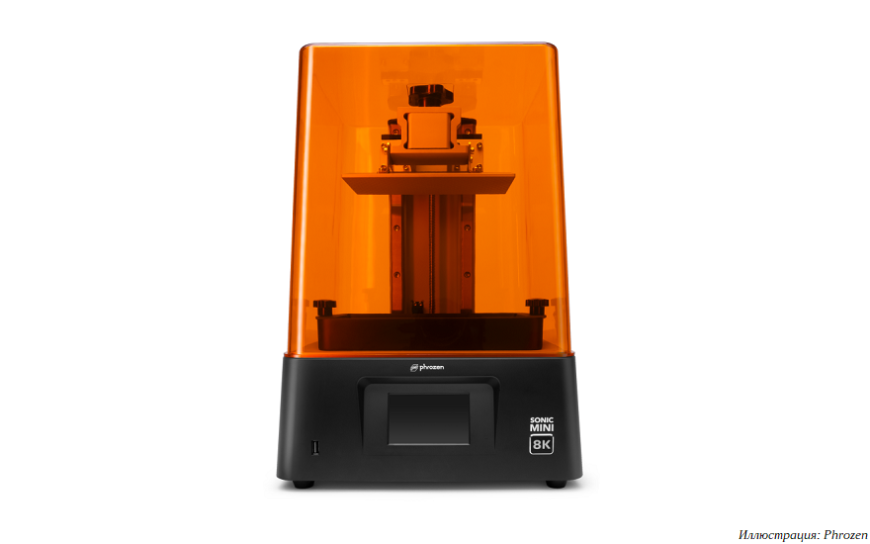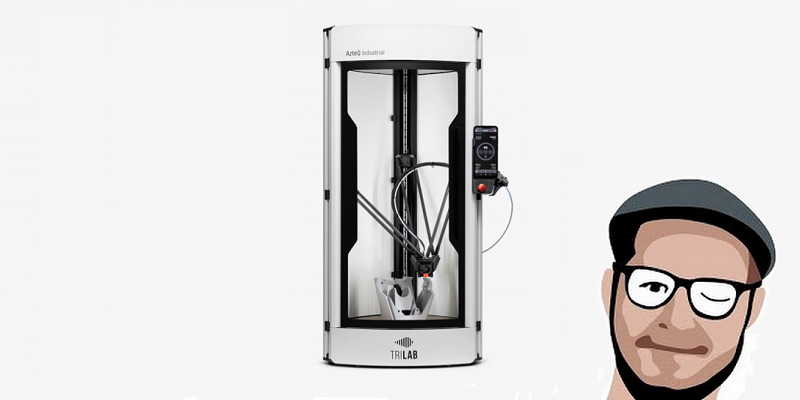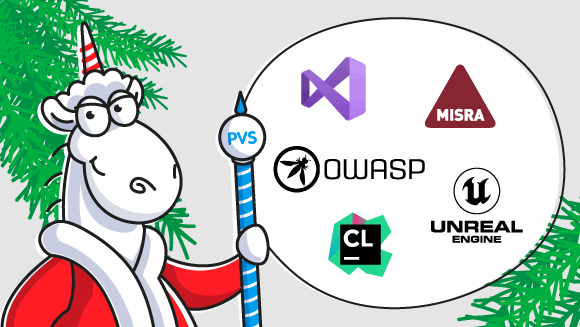
The Taiwanese company Phrozen has announced another desktop 8K resin 3D printer. Although the new Sonic Mini 8K will be much inferior to its older brother Sonic Mega 8K in terms of the build volume, it will obviously cost several times cheaper.

The Taiwanese company Phrozen has announced another desktop 8K resin 3D printer. Although the new Sonic Mini 8K will be much inferior to its older brother Sonic Mega 8K in terms of the build volume, it will obviously cost several times cheaper.

From 18 to 21 October, the Moscow Expocentre Fairgrounds hosted the second Russian Industrial Week, a large-scale industry event that united significant components of the Russian economy: mechanical engineering and metalworking, 3D printing technologies and consumables, 3D scanning, welding production, non-destructive testing and technical diagnostics, technologies and services for the production of advertising.

Taiwanese company XYZprinting has announced the new MfgPro236 xS 3D printer. The system operates on the technology of Selective Laser Sintering of polymer powders (SLS) and will be available this year along with new consumables from BASF Forward AM.

Uniz is accepting orders for an upgraded version of the Slash 2 desktop LCD/MSLA system characterized by increased performance. The devices are equipped with 4K monochrome screens along with advanced light engines, and are primarily targeted at the dental sector.

Prusa Research with Josef Prusa in charge bought 80% of shares of Czech manufacturer Trilab, as well as got full control over the company. Trilab is known for its delta 3D printers. Does this merging mean that there will be a delta-kinematics 3D printer under the Original Prusa brand?

This article will cover how the accuracy tests of the Calibry Mini were conducted.
The Calibry Mini by Thor3D is stated to feature an accuracy of up to 0.07 mm (0.0027 inch). What exactly does this mean? This means that under the normal conditions, the deviation in measurements of any single point can be 70 microns in any direction. This doesn’t mean that the deviation will always be 70 microns. It can be smaller, it can be bigger. The number is approximate and can vary depending on several factors that will be mentioned in the article.

Let's take a look at the list of information sources that can be useful for the C# / .NET developers. Our list includes blogs, repositories with source code, standards and accounts of developers who covers the deep aspects of the C# and .NET.

The motto of modern 3D printing equipment appears to be “easier, cheaper, faster, better”. Additive technologies are developing at an extremely rapid pace, and this growth is really exponential — developers and manufacturers in this area manage to achieve more with each and every year.

Participants of the 7th National Championship of End-to-End Working Professions of High-Precision Industries held in Yekaterinburg utilized Intamsys Funmat HT 3D printers allowing the use of refractory polymers.

We continue to cover the world of robotics. In this article we will talk about how automated robotic systems that used to work only at the factories and plants, became utilized in medicine with further improvements. We will provide the real-world examples of such applications, as well as talk about equipment and the prospects of doctors and robots working together.

Readers surely have favorite websites and blogs about C++. Hopefully, today your collection will grow.

A turboprop Catalyst is a powertrain of the new single-engine business jet Beechcraft Denali. The Catalyst was developed by General Electric with the extensive usage of 3D printing. Additive technologies helped to unite 855 parts into 12 components.

Russian 3D scanner manufacturer Thor3D launches its new device: the Calibry Mini.
Made for scanning smalled objects, this affordable and lightweight solution, designed to be easy to use, can be a good choice for education and medical fields, as well as arts and museums.
Anna Zevelyov, CEO of Thor3D, mentions that the device will grant the doctors the ability to scan any part of the body and even perform full-body scans. Museums will now be able to capture various collections with art objects of different sizes. She adds that their engineers conducted multiple tests before release that showed impressive results.
According to her, the device will be a great addition to the company’s portfolio, making their Calibry product line even more versatile and compelling.

The jewelry restoration was done with the help of both computer technologies and traditional methods. Wax, clay and bronze were used.
The archeologists restored a jewelry object made in the Iron Age. It was done with the help of digital technologies.
Restoration included scanning of the clay molds that were used for casting bronze in the 1st and 2nd centuries B.C. Original molds found in Cairns, at South Ronaldsay island of Orkney islands, Scotland, were too fragile to use for jewelry.
Ben Price, a PhD student at the University of the Highlands and Islands, department of Archeology. Around 80 fragments of clay molds were found during the recent excavations of a broch dating back to the Iron Age in Cairns.

Hello everyone! This article is focused on the Scan Tech iReal 2E device. This full-color 3D scanner is designed to digitize art objects and humans. The machine isn’t pretending to be the most accurate solution out there but it excels at capturing color and complex geometries, including hair. It’s also very fast.

The Italian national cycling team is preparing for the Tokyo Olympics. They use a handheld Calibry 3D scanner by a Russian manufacturer Thor3D to improve the aerodynamics of their bicycles.
The brands Pinarello and Hardskin asked 3DiTALY (Thor’s 3D official partner in Italy) to digitize the bicycles using the Calibry 3D devices. The results were used to adjust the aerodynamics of the bikes..

This is a moment when Joseph Prusa, a godfather of 3D printers with the kinematics named after him, released a 3D printer with a CoreXY kinematics. But his team isn’t planning to move away from an older solution. In this article we will talk about what the Original Prusa XL will look like, as can be seen in the pictures from the Formnext 2021 exhibition.

Today, we will talk about a useful tool in the workshop of any maker, a good addition to carpentry and additive equipment, which makes it possible to process the surfaces of various materials — the engraving and cutting machine TwoTrees TT-5.5S with a powerful diode laser.

Research Institute of Technology and Organization of Engine Production (NIID, a part of United Engine Corporation, UEC, of Rostec) is continuing the research focused on using additive manufacturing technologies for aircraft engine production with the help of metal 3D printing. The hybrid manufacturing system was launched in 2020 and so far it produced 11 full-size billet engine parts.

2021 is coming to an end, which means it's time to sum up the year! Today we'll tell you about the new features we added to PVS-Studio in the past year. Buckle up and let's go!